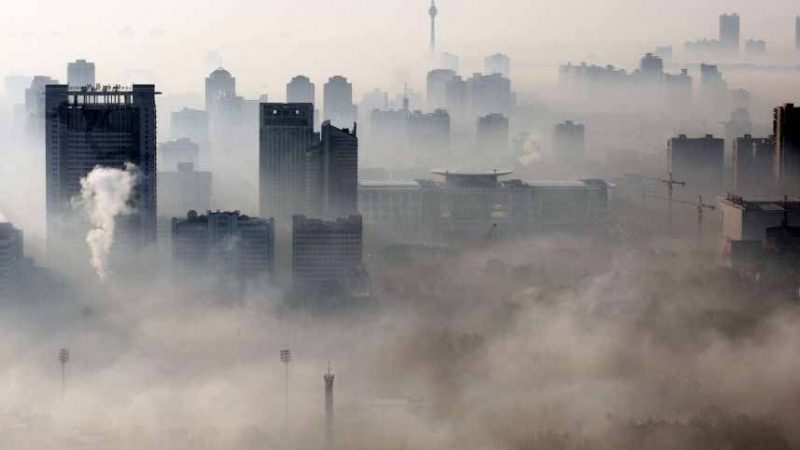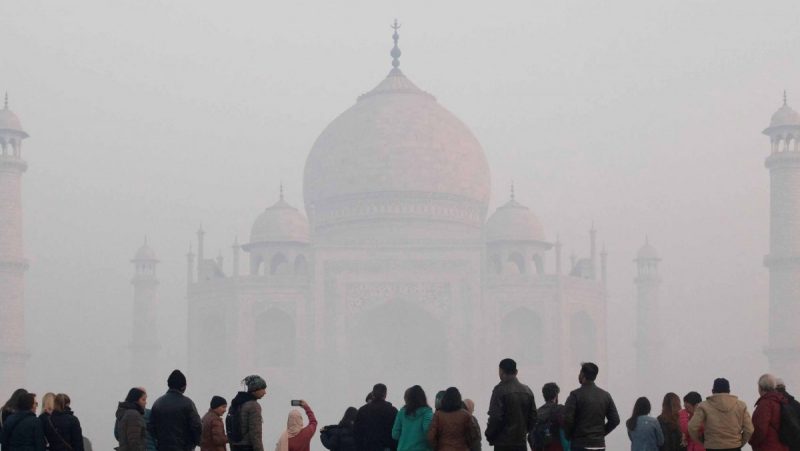Pollution Levels Put a Damper on Business Travel
BCD’s extensive study on the rising toll of pollution in key meeting and business destinations gives pause to meeting planners and business travelers
April 9, 2019

A study by BCD Travel shows that half of the most visited business travel destinations worldwide have dangerous levels of air pollution. At a regional level, only North America and Southwest Pacific can be considered relatively safe. All other regions have cities with air pollution levels ranging from moderate (Europe) to hazardous (Asia) or extremely hazardous (Middle East). BCD Travel initiated the report, part of its Inform series, to warn travel managers about the risks of air pollution to their business travelers.
BCD Travel’s report on air quality matches World Health Organization (WHO) data about air quality with its own data, mapping the 100 most popular business travel destinations worldwide. The results of the study are cause for concern. With only 10% of the world’s population breathing “clean air,” the chance of a business traveler being exposed to air pollution is very high.
Among the top 10 most-visited destinations worldwide — mostly located in North America and Europe — only three cities have clean air: San Francisco, New York and Philadelphia; six cities have moderate air pollution, of which Berlin has the highest. Shanghai, the only Asian city in the top 10, has a hazardous level of air pollution with possible severe health consequences.
Short-term exposure to high air pollution levels can lead to irritation of the eyes, nose and throat, coughing, chest tightness and shortness of breath, according to the UK Department for Environment Food and Rural Affairs. And these negative health effects have economic consequences as well. Worldwide, the costs amount to almost $6 trillion every year.
Key points from the report:
• Many of the world’s biggest cities exceed WHO’s safe levels for air pollution, in some cases by more than five times. These destinations are often business capitals, frequently visited by business travelers.
• Short-term exposure to high air pollution levels can cause immediate symptoms like irritation of the eyes, nose and throat, coughing, chest tightness and shortness of breath, as reported by the UK Department for Environment Food & Rural Affairs. According to the WHO, long-term exposure can contribute to significant health problems such as decreased lung function, aggravated asthma, chronic bronchitis or even heart attacks.
• Weather conditions have a clear impact on pollution levels, making it feasible to make recommendations on when to travel or not to travel to a specific destination. For example, winter causes hazardous air pollution levels in some big Asian cities, so traveling to these destinations should be limited as much as possible at this time of the year.
When traveling to a hazardous destination, travelers should:
o Consider shortening their trip or using virtual meeting alternatives
o Frequently monitor the local Air Quality Index (AQI) to assess the situation in real-time
o Limit outdoor activity and if necessary wear a properly fitting mask





